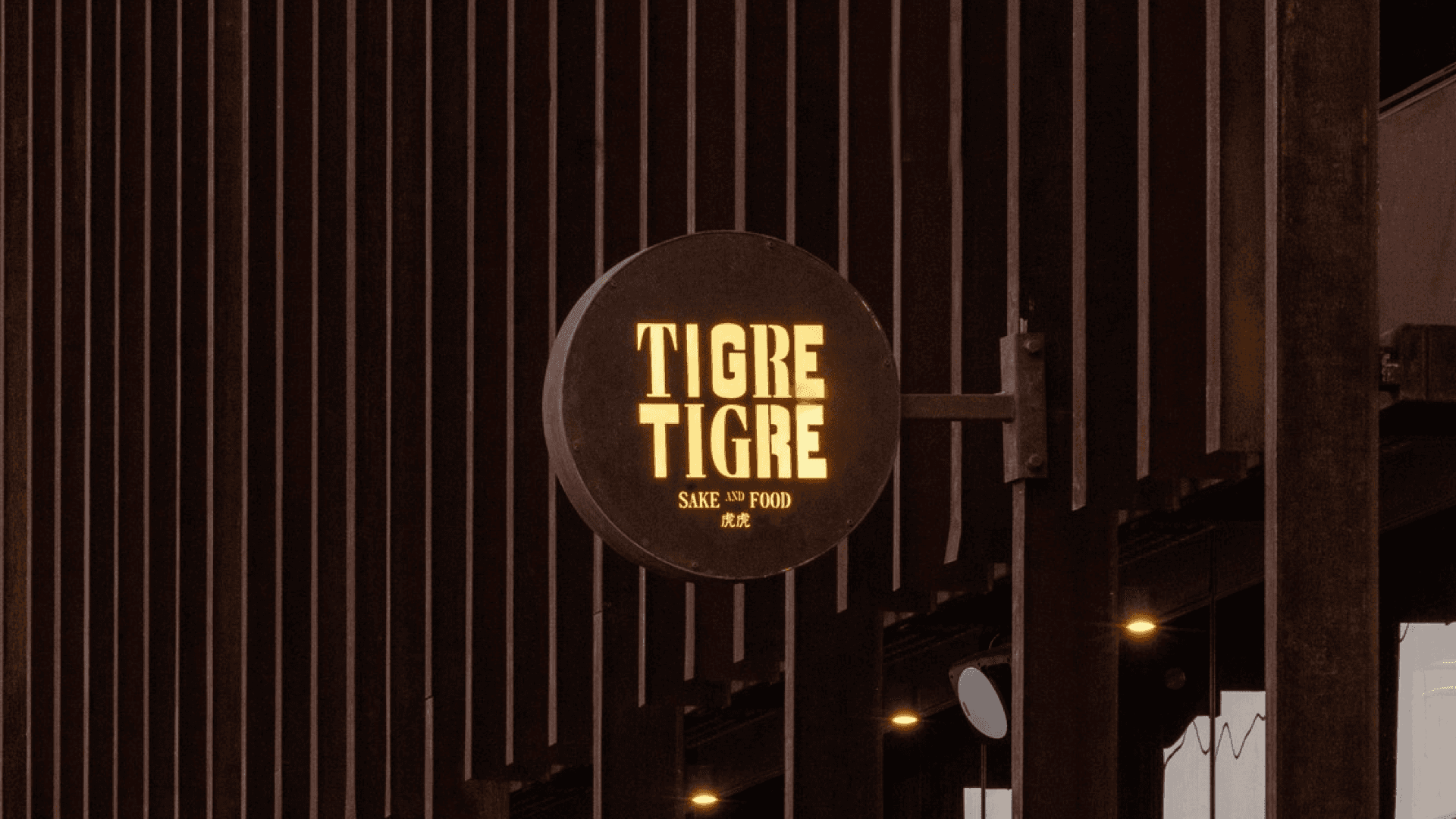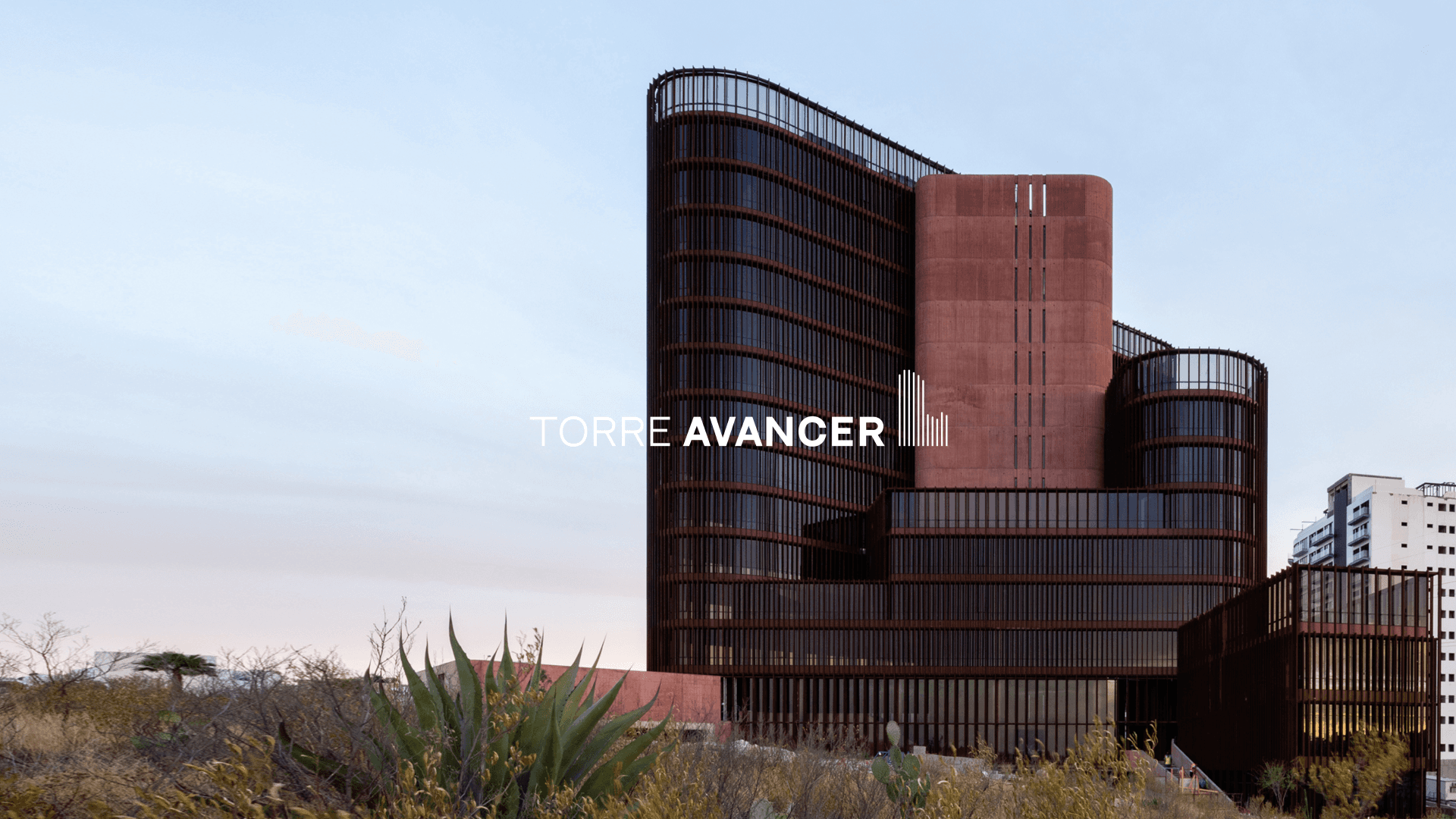How to Design a Social Media Website: Best Practices
To ensure your social networking platform can handle growth, prioritize scalability from the beginning
Designing a social media website is an exciting yet challenging endeavor that requires a clear understanding of your goals and target audience. To create a successful social media platform, focus on user-centered design principles that prioritize a seamless user experience. By anticipating users' needs and preferences, you can craft a site that not only attracts visitors but also fosters engagement and community.
Atla* offers unparalleled branding strategy and design services tailored for social media websites. Our multidisciplinary team combines creativity and strategy to ensure your platform stands out in a crowded marketplace. With insights into market trends and consumer lifestyles, we help you create a brand that resonates deeply with your audience.
Effective design goes beyond aesthetics; it encompasses functionality and user experience. By collaborating with Atla*, you benefit from our flexible, forward-thinking approach that prioritizes your brand's essence and growth. With expert guidance in brand strategy, design, and web development, we’re committed to helping you build a social media website that transforms user interactions into meaningful connections.
Understanding the Social Media Landscape
Navigating the social media landscape involves grasping the essential elements that define various platforms and analyzing the competition among major players. This understanding is crucial when designing a social media website that meets user expectations and stands out in the market.
Key Elements of Social Media Platforms
Social media platforms are built around core functionalities that facilitate interaction and content sharing. Key elements include user profiles, news feeds, and notification systems.
User Profiles: Allow users to showcase their identity, interests, and connections.
Content Sharing: Users can post text, images, and videos, engaging their audience.
Interaction Features: Likes, comments, and shares encourage user engagement.
Platforms like Facebook emphasize community-building with group features, while LinkedIn focuses on professional networking. Understanding these elements helps tailor your social media website to satisfy user needs and enhance engagement.
Competitive Analysis of Major Players
Analyzing the competitive landscape gives you insight into what works and what doesn’t in social media design. Major players like Instagram and Twitter have distinct characteristics that define their user experience.
Instagram leverages visually appealing content and highlights ephemeral stories, catering to a younger demographic seeking instant visual engagement.
Twitter thrives on real-time updates, perfect for news and trending topics, encouraging brief interactions.
Conducting a competitive analysis allows you to spot gaps in the market and identify potential unique selling points for your platform. Atla* excels in providing branding strategy and design services tailored to creating compelling social media experiences. Our expertise will guide you in building a platform that resonates with users and stands apart from competitors.
Planning Your Social Media Website
Effective planning is essential for building a successful social media website. Identifying your target audience, defining clear objectives, and establishing a cohesive branding strategy are critical components of this process.
Identifying Your Target Audience
Knowing your target audience is crucial. Start by conducting thorough market research to gather insights on demographics, interests, and online behaviors. Utilize surveys or social media analytics to refine your audience profile. By understanding their preferences and pain points, you can tailor your platform’s functionalities to meet their needs. This not only enhances user engagement but also fosters community growth. Create personas representing various segments of your user base to keep your design and content focused, ensuring your social media platform resonates effectively with its intended audience.
Defining Website Objectives and Features
Establish clear website objectives to guide your design process. Determine if the primary goal is fostering community engagement, sharing content, or facilitating networking. Based on these objectives, outline essential features, such as user profiles, messaging capabilities, and content sharing options. Prioritize functionalities that enhance user experience and increase interaction, such as notifications and engagement tools. A well-structured site with intuitive navigation encourages users to explore and return. By aligning your features with your audience's needs, you help cultivate an active and vibrant online community.
Deciding on Branding and Visual Elements
Branding plays a pivotal role in how users perceive your social media website. Choose a cohesive color scheme and typography that reflects your brand's essence. Colors evoke emotions and can influence user behavior, so select hues that align with your platform’s identity. Typography should ensure readability and match your overall visual style. Invest in visual appeal by creating an engaging logo and icon that users associate with your platform. Atla* specializes in building brands that resonate. Our unique approach combines creativity and strategy, helping you create lasting connections with your users through effective branding.
Building the Foundation
Creating a robust foundation for your social media website is essential for long-term success. Focus on selecting the right web development tools and implementing strong security measures to protect your platform and enhance user experience.
Choosing the Right Web Development Tools
Selecting effective web development tools can streamline the process of building your social media website. A popular choice for many is a content management system (CMS) like WordPress, known for its ease of use and scalability.
Key tools include:
Website Builders: These allow for quick setup and customization.
Themes and Templates: Offer design flexibility that aligns with user expectations.
Plugins: Enhance functionality, from social sharing buttons to analytics.
Using Atla* can support your branding strategy and design services, ensuring your website reflects your brand's essence. It’s crucial to choose tools that optimize performance, as a slow-loading website can deter users.
Importance of Security Measures
Prioritizing security is vital in safeguarding user data and maintaining trust. Begin by implementing an SSL certificate to encrypt data exchanged on your site. This is non-negotiable for any platform handling personal information.
Additional steps to enhance security include:
Regular Updates: Keep your CMS, themes, and plugins up to date to guard against vulnerabilities.
Access Controls: Limit admin access to reduce the risk of breaches.
Backup Systems: Regular data backups can ensure recovery in case of security incidents.
Incorporating these security measures establishes a trustworthy environment for your users, ultimately leading to a more successful social media website. Your commitment to security can distinguish your platform in a competitive landscape.
Creating the User Experience
Designing a social media website requires careful consideration of the user experience (UX). You must prioritize elements like intuitive navigation, responsive design, and user engagement to create an effective platform that encourages interaction.
Developing Intuitive Navigation and Structure
Navigation is critical for a positive user experience. Start by organizing your website’s structure logically. Use clear labels for menus and categorize content intuitively. A well-designed navigation bar should include links to user profiles, messaging, and activity streams.
Consider employing a top navigation bar with dropdown menus for easy access to various sections. Implement breadcrumbs to help users understand their location within the site.
Additionally, use search functionalities to allow users to quickly find content or profiles. Ensuring that your navigation is straightforward will lead to increased user satisfaction and lower bounce rates.
Incorporating Responsive Design
Responsive design is essential in today’s mobile-driven world. Users engage with social media on various devices, so your website must adapt seamlessly to different screen sizes.
Utilize a fluid grid system that allows your layout to resize and adjust according to the device. CSS media queries can help apply different styles for desktop, tablet, and mobile views. Keep the important features, like profile creation and messaging, easily accessible from any device.
Consider using large, touch-friendly buttons for mobile users to enhance interaction. With Atla*, you can ensure your website not only looks good on any device but also functions effectively, maintaining a high-quality user experience.
Facilitating User Interaction and Engagement
User engagement is the heart of any social media platform. Incorporate interactive features like activity streams, likes, shares, and comments to encourage conversation among users.
Utilize push notifications to keep users informed about interactions on their posts or messages. Additionally, creating inviting user profiles with customizable elements can make users feel more connected to your platform.
Host events or challenges that encourage community participation. This fosters a sense of belonging and keeps users returning. Atla* specializes in crafting designs that enhance user engagement through strategic features, ensuring every interaction resonates with your audience.
Launching and Growing Your Platform
Successfully launching and growing your social media website requires a focus on scalability and effective marketing strategies. Understanding user needs and developing a plan for acquisition are critical for maintaining engagement and support over time.
Developing a Scalable Platform
To ensure your social networking platform can handle growth, prioritize scalability from the beginning. Use cloud-based infrastructure to accommodate fluctuating user traffic. This flexibility will reduce downtime and enhance user experience, essential for retention.
Gather user feedback through surveys and analytics to identify areas for improvement. Implementing customer support systems can also bolster user satisfaction and engagement. As you build your platform, keep features modular, allowing for easy updates without disrupting service.
Atla* offers branding strategy services that are vital in this phase. Their expertise helps you align your platform's design with user expectations, making it user-friendly and appealing.
Strategies for Marketing and User Acquisition
Marketing your platform effectively can significantly increase brand awareness. Start by leveraging influencer marketing to reach more potential users. Collaborate with relevant influencers to promote your platform, giving you access to their established audiences.
Utilize social media advertising to target specific demographics, ensuring your message reaches the right people. Content marketing also plays a role here; create engaging content that resonates with your audience's interests and encourages sharing.
To retain users, focus on community-building activities, such as hosting virtual events or forums. Creating a sense of belonging can encourage users to remain active and engaged. Leverage platforms like Atla* for a solid branding strategy, ensuring that your market presence is strategic and impactful.





















